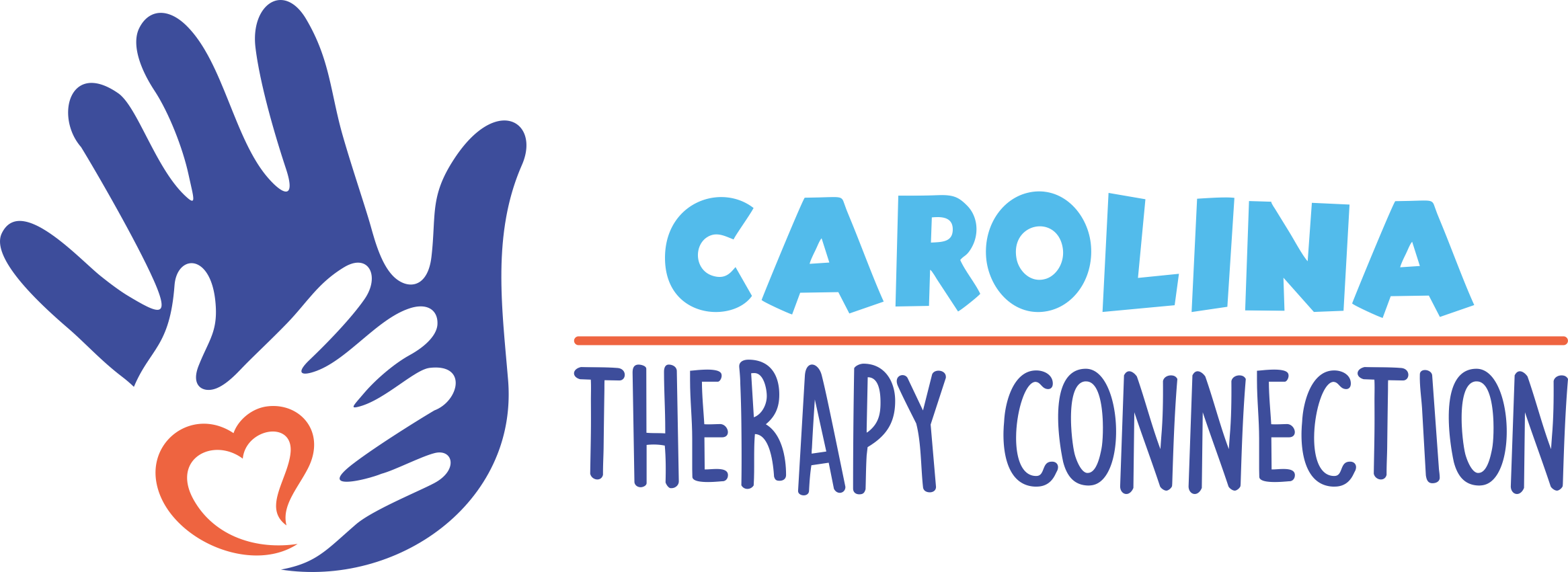Improving Mobility with Body Weight Support Treadmill Training for Children
Walking is a fundamental skill that plays an essential role in a child’s ability to explore the world around them and engage in everyday activities. For some children, however, walking may be challenging due to conditions such as cerebral palsy, brain and spinal cord injuries, developmental delays, and musculoskeletal conditions. This is where Body Weight Support Treadmill/Gait Training (BWSTT) can make a significant difference.
What is Body Weight Support Treadmill/Gait Training?
Body-weight support Treadmill/Gait Training utilizes a specialized treadmill system designed to support a portion of a child’s body weight as they practice walking. As the child walks on the treadmill, they are supported by a harness or a body-weight reduction system that gradually decreases as they gain strength, balance, and coordination. The overall goal is to promote improved mobility and functional walking patterns.
How Does BWSTT Help?
BWSTT offers several key benefits for children, including:
- Strength and Endurance: By practicing walking on the treadmill, children build the muscles needed for independent movement. This also improves their overall endurance, allowing them to walk for longer periods without fatigue.
- Coordination: Walking requires coordination between the legs and upper body, and BWSTT helps children develop these skills. Over time, the child becomes better at coordinating their movements and maintaining a natural gait.
- Balance: One of the biggest challenges for children with walking impairments is maintaining balance. BWSTT allows children to practice walking in a controlled and safe environment while the therapist provides hands-on support to assist with balance and stability.
- Promotes Independent Walking: As the child progresses through therapy, the amount of body weight support is gradually reduced, enabling them to work toward independent walking.
Who Can Benefit from BWSTT?
A multitude of diagnoses can benefit from BWSTT, including:
- Cerebral Palsy: Children with cerebral palsy often struggle with muscle control and coordination. BWSTT can help improve their gait and strength, leading to better mobility and independence.
- Brain and Spinal Cord Injuries: Some children who have sustained brain or spinal cord injuries can benefit from BWSTT to regain strength and improve their walking ability.
- Developmental Delays: Children with developmental delays may not develop typical walking patterns as expected. BWSTT helps them practice walking while building strength and balance.
- Musculoskeletal Conditions: Conditions that affect the muscles and bones, such as joint disorders or muscle weakness, can be improved through gait training, focusing on strengthening, repetition, and building endurance.
The Role of the Therapist
While the child walks on the treadmill, a therapist provides hands-on guidance and support, ensuring the child is practicing proper walking patterns. The therapist can adjust the body weight support system and provide real-time feedback to help the child improve their walking pattern. As the child progresses, the therapist will reduce the support they provide, allowing the child to walk more independently over time.
Why BWSTT Works
BWSTT works by allowing the natural walking process while providing support and assistance. This enables children to practice walking at a pace and intensity that suits their abilities, helping them build confidence and the physical skills necessary to walk independently.
Carolina Therapy Connection Can Help
At Carolina Therapy Connection, we understand the importance of walking and mobility for children’s development. Our team of skilled pediatric therapists utilizes Body Weight Support Treadmill/Gait Training to help children improve their walking skills, strength, and coordination. We offer personalized therapy plans that focus on each child’s needs and abilities, ensuring they get the most out of their sessions.
If your child struggles with walking due to neurological impairments, developmental delays, or musculoskeletal conditions, our team is here to help. If you want to learn more about Body Weight Support Treadmill/Gait Training and how we incorporate this approach into therapy, including intensives, don’t hesitate to get in touch with us to schedule an evaluation. You can also use this link to explore our pediatric intensive therapy services.





